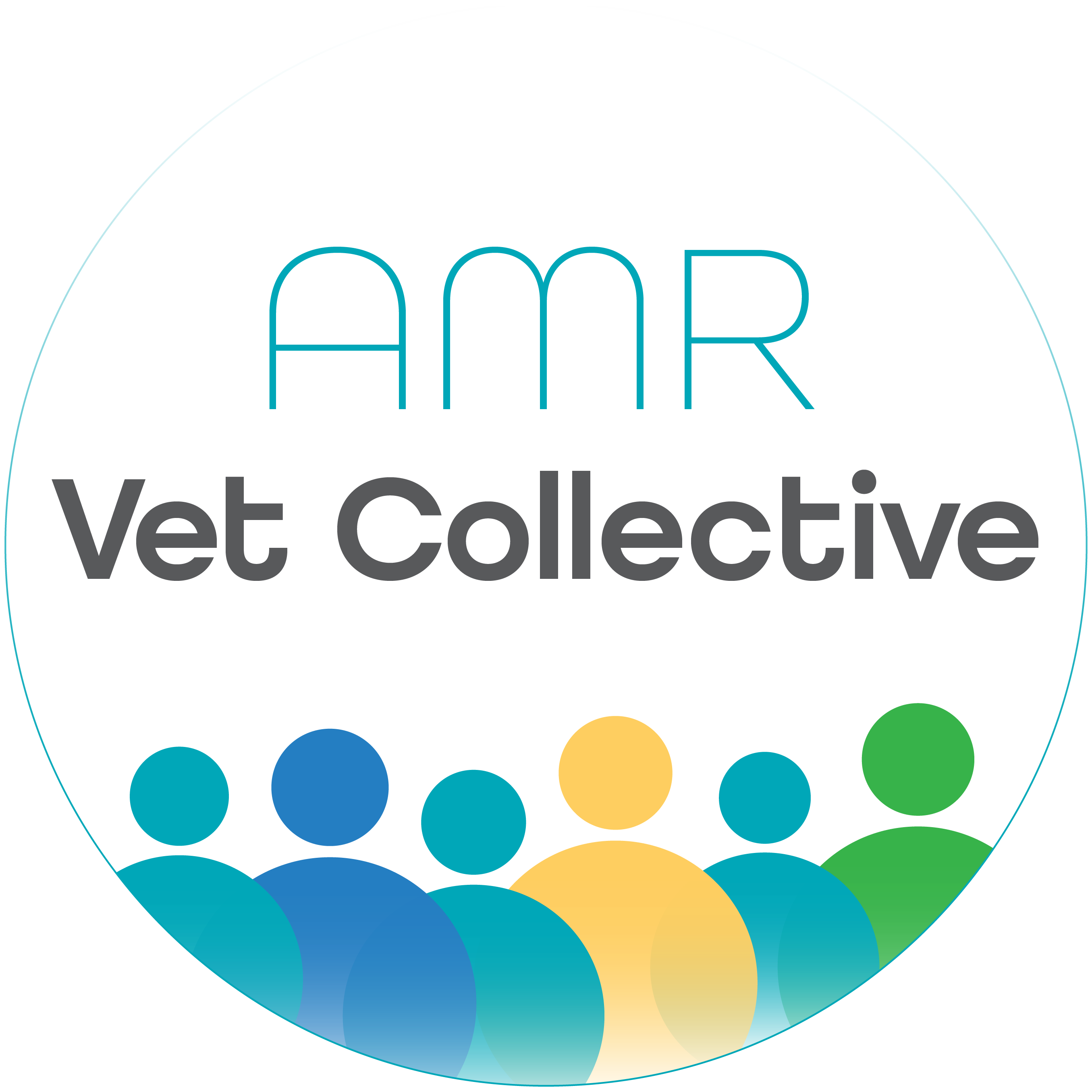What's so hard about AMS?
2022-09-15This post explores barriers to implementation of AMS

What’s so hard about antimicrobial stewardship?
These days, most veterinarians have a positive attitude towards antimicrobial stewardship (AMS), but many still find it difficult to put it into practice, with AMS often ending up in the ‘too hard basket’. Pressure from clients, insufficient funds for diagnostics, practice culture and a historic lack of continuing education in this area all create what seems at times to be an insurmountable barrier.
Some recent research provides help to overcome this barrier by identifying some personal, practice based and external factors that get in the way of setting up an AMS program. Here we outline some key points from three recent papers: two reviews from 2021 that examine factors influencing prescription of antibiotics by veterinarians and understanding antibiotic use in companion animal practice and a study by Laura Hardefeldt et al from 2018 looking at some of the local issues that can help or hinder AMS.
Understanding drivers of AMR
How veterinarians understand the drivers of antimicrobial resistance (AMR) can influence how they engage with AMS. Many Australian veterinarians are reported to think that the development of AMR in humans is predominantly due to the actions of medical practitioners and rate the contribution of veterinarians as moderate. On an individual level, over 60% thought their personal actions had minimal effect on AMR. This externalised perception can lead some vets to avoid responsibility and result in reduced motivation to be involved in AMS activities.
Client pressure
All veterinarians have felt the pressure of real or perceived client expectations. Veterinarians often feel they have to ‘do’ something for a pet that is unwell. Stresses of juggling a busy workload, staff shortages, and the extra layer of complexity added by a few years of COVID often means that both you and the client don’t really want to ‘wait and see’ what happens. A fear of the consequences of delayed treatment bringing a risk of client dissatisfaction, negative reviews and loss of income to the practice can make giving antibiotics ‘just in case’ seem like an easy option (spoiler alert – in the long run it’s definitely not!).
Hardefelt and colleagues found that many local veterinarians felt an expectation to provide treatment, with some clients reported to directly demand antimicrobials. For veterinarians in some small rural practices it is reported that there is a financial imperative to keep clients onside – the large number of animals owned by clients means their loss would have large impact on the practice. These are difficult issues to navigate, can lead to a lack of independent judgement by the consulting veterinarian and potentially inappropriate use of antimicrobials by the client.
Cost
The cost of culture and susceptibility testing continues to be an obstacle to its use. It is reported that veterinarians mainly use C&S in persistent or recurrent infections, with treatment trials often favoured as a first option. This can lead to greater use of broad rather than narrow spectrum antibiotics and the use of antimicrobials in the absence of an identified infection.
How to make a change
Awareness of the difficulties of AMS is the first step to overcoming them. Understanding that the difficulties that you experience as a practitioner are shared by others is also powerful when you are looking to overcome barriers that might be preventing full engagement with AMS measures.
In the last few years many resources have become available to veterinarians to help them establish better antimicrobial stewardship. The AMR Vet Collective has brought many of these together in one place with prescribing guidelines, videos to help you optimise your in-house lab and client information posters to help you educate them about best-practice use of antibiotics. And our Online Vet AMS Course gives you all the tools to set up an effective AMS program in your practice.
Take some time to search the site, follow the AMR Vet Collective social media posts and sign up to the Online Vet AMS Course.
